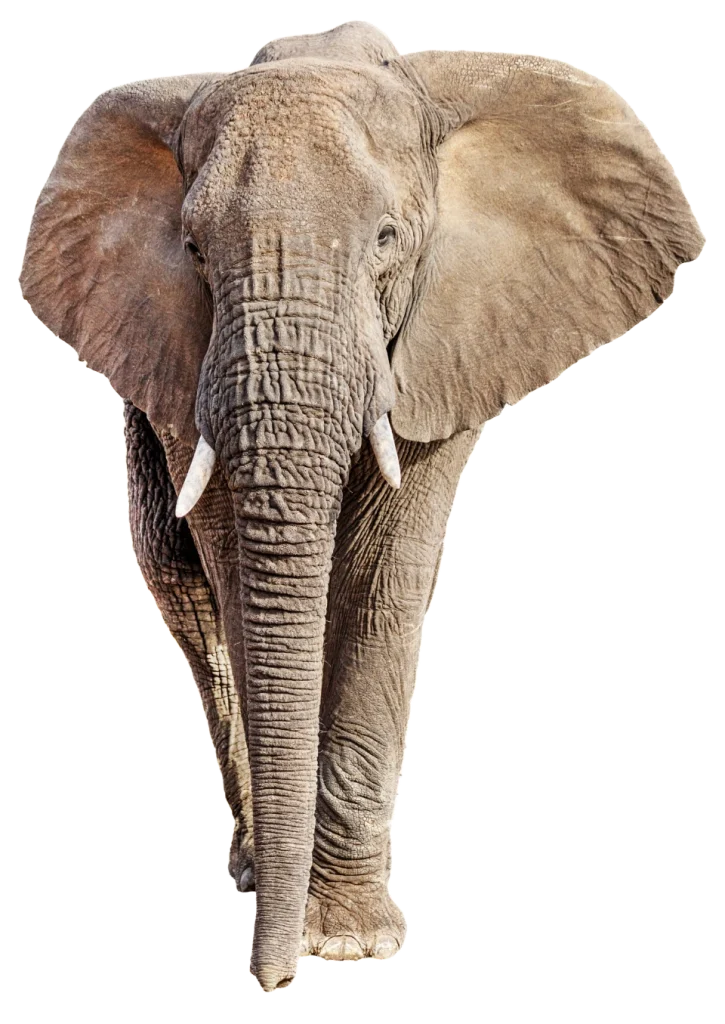MAASAI MARA NATIONAL RESERVE
Land of ‘Big Cat Diary’ the Masai Mara is at the top of most people’s Kenyan safari wish lists. The location of the ’Great Migration’ – one of the natural wonders of the world – is a gloriously beautiful, wildlife-rich savannah landscape, it’s also a region where traditionally dressed Masai still herd their cattle and goats in a lifestyle that in some respects hasn’t changed much since they first arrived here 350 years ago.
Every year, at some point between late June and early August, the wildebeests start to arrive in search of pasture from the dry plains of the Serengeti in Tanzania. They pour into the reserve and stream across the rivers, where crocodiles and other predators lurk in waiting. This movement, the Great Migration – now billed as one of the natural wonders of the world – is in reality one phase in a continual cycle of nomadic pasture-seeking, mating, calving, and more pasture-seeking, that sees the majority of the herds ever on the move, according to the onset of the seasonal rains, the rise and fall of the river waters and the growth of the rich oat grass and other pastures. Huge numbers cross the Mara River in Tanzania and head north into the western part of the Masai Mara National Reserve (the Mara Triangle).
The Masai Mara National Reserve and the Mara Conservancies
Most of the 1,500km² area of the Maasai Mara National Reserve itself consists of rolling, short-grass plains, cut through by the meandering Mara and Talek rivers, which effectively divide the reserve into three main ‘sectors’.
The Masai Mara is just one part of the Serengeti-Mara eco-system (or Greater Serengeti eco-system) that stretches from the Mau Escarpment above Kenya’s Rift Valley to the Ngorongoro Crater in Tanzania. In Kenya, the Masai Mara National Reserve itself is split into three areas, divided by the Mara and Talek Rivers: The Mara Triangle, between the Oloololo Escarpment and the Mara River; the Musiara sector, between the Mara and Talek Rivers; and the Sekenani sector south-east of the Talek and Mara. The Mara Triangle is run by an excellent conservation trust, and the rest of the reserve by Narok County Council.
The Mara River is the major water source in the Masai Mara National Reserve, providing water year-round for the thousands of animals of the National Reserve, but it is in the months of late July to October that the river hosts the herds of the Great Migration – and the famous drama-filled river crossings. Giant Crocodiles wait all year for the herds to cross the Mara, and when they do, the Crocodiles feast.
The various Mara conservancies have all evolved independently, although they all operate a similar conservation model: leasing land from the Masai Mara landowners, reinvesting tourism revenue in the communities and ecosystems and creating a desirable tourist destination. This means that there is a win-win situation for all involved; the wildlife and ecosystem are conserved, the local communities benefit directly from the tourism, and the tourists have a beautiful destination to continue to be able to see Africa’s wildlife as it has been since ancient times. Currently, most conservancies have committed to this initiative.
Safaris in the Mara – and particularly safaris in the Masai Mara National Reserve – need to be planned carefully in order to optimize your experience. You can either fly into the Masai Mara or drive in with a guide and spend at least 3 nights to enjoy the full potential of this park.

